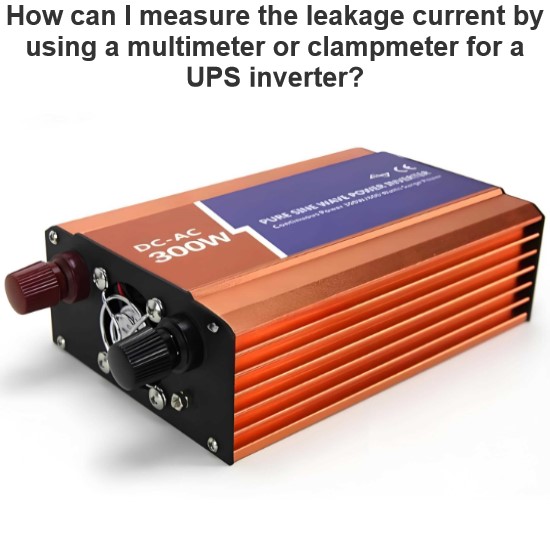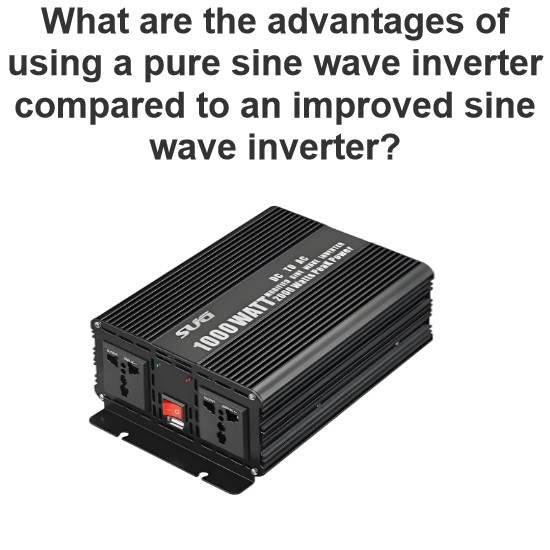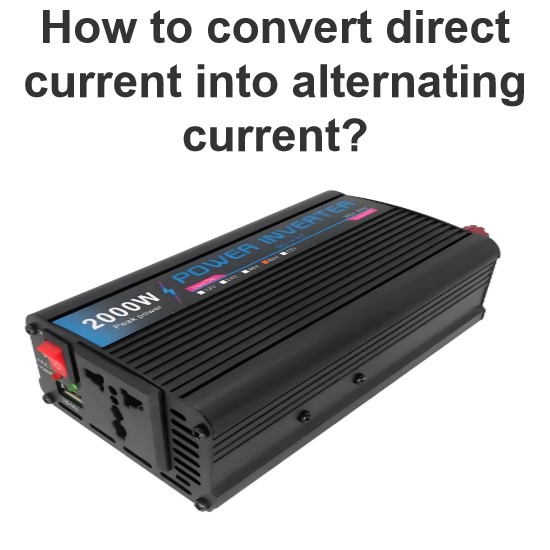What is a Modified Sine Wave Inverter?
What is a Modified Sine Wave Inverter?
Modified sine wave inverter definition
A modified sine wave inverter, also known as a modified sine wave inverter or quasi-sine wave inverter, is a device that converts direct current (DC) into a sine wave-like alternating current (AC). The waveform produced by this inverter is not a completely smooth sine wave, but a stepped waveform composed of multiple rectangular waves.
Working principle
The modified sine wave inverter works similarly to a pure sine wave inverter, but it uses a simple PWM (pulse width modulation) technique to generate a stepped waveform. Within each sine wave cycle, the inverter switches states several times to approximate the sine waveform.
Advantage
Lower cost: Compared with the pure sine wave inverter, the circuit structure of the modified sine wave inverter is relatively simple and the cost is low.
High efficiency: In some application scenarios, the efficiency of modified sine wave inverters may be slightly higher than that of pure sine wave inverters.
Wide range of application: For some loads that have not particularly high requirements for power quality, such as lighting equipment, power tools, etc., modified sine wave inverters can meet their use needs.
Shortcoming
Poor continuity
Dead zone exists
Apply
Home backup power supply
Solar power system
Vehicle power supply
Communication base station
Industrial equipment
Sum up
Compared with the pure sine wave inverter, the modified sine wave inverter is slightly inferior in terms of output waveform quality and voltage stability, but because of its low cost, it is suitable for occasions where the quality of the power supply is not high.
The Electricity Encyclopedia is dedicated to accelerating the dissemination and application of electricity knowledge and adding impetus to the development and innovation of the electricity industry.













